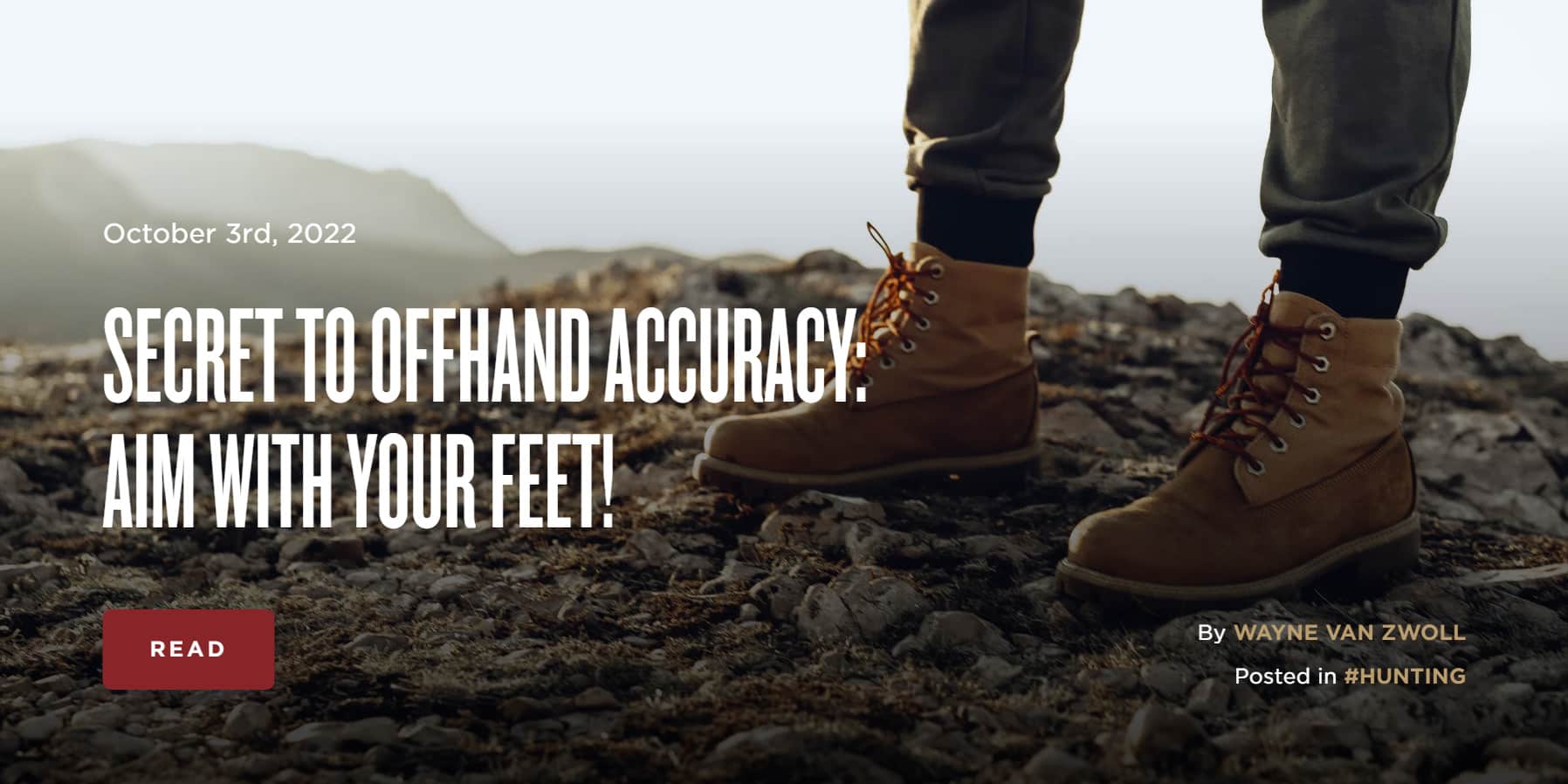Great history, and excellent recommendations. In American Kenpo we call this heel to toe stance: it's slightly modified to account for the balance of the body, and wider to prevent shifting of the feet, core, and upper body "offline." The three basic blocks to take-downs is to defeat he legs, pelvis, and head/shoulders. It's a conceptual breakdown of what keeps the human body standing. If you defeat two or all three of these components your adversary will be off balance, falling, or on the ground at a significant disadvantage. Many successful systems from CQD, MMAP, American Combative Kenpo, PMAB Compliance Systems rely on this recipe for the take-down.
It makes sense to be in a combative stance while engaging a potential threat with a rifle and pistol.
I was overseas and had a chance to spend some time with an advanced Bai Chi practitioner. Being nearly twice his physical size, and using the heel to toe stance he was unable to topple me. He asked me what my method was, and I explained it was largely my stance, and size/strength advantage. He had been doing this for years with others in his Bai Chi studios, but never dealt with an outsider like myself with experience in several different professional systems and a few martial. Ultimately your feet is the first and last point of contact int he standing position, if you wish to stay standing, you should become an expert at developing a combative stance. And then turn your legs into a system that can take kicks, blows, and various attacks, even falling objects and people can defeat the most experienced fighters if they do not have experience maintaining the stance.
Strength, speed, coordination, and technical knowledge is critical. Same with shooting. I modified my advanced small arms training I received in the Navy, to utilize the heel to toe stance. It's virtually impossible to be thrown off balance while planted, until your opponent is physically on top of you, and even then, you can utilize your weapon and striking techniques to stop them.



